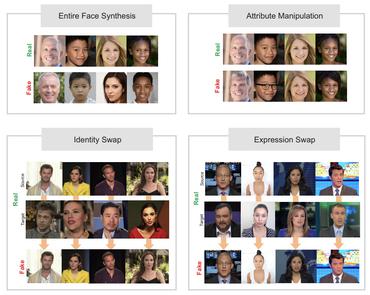Impact of Benign Modifications on Discriminative Performance of Deepfake Detectors
Deepfakes are becoming increasingly popular in both good faith applications such as in entertainment and maliciously intended manipulations such as in image and video forgery. Primarily motivated by the latter, a large number of deepfake detectors have been proposed recently in order to identify such content. While the performance of such detectors still need further improvements, they are often assessed in simple if not trivial scenarios. In particular, the impact of benign processing operations such as transcoding, denoising, resizing and enhancement are not sufficiently studied. This paper proposes a more rigorous and systematic framework to assess the performance of deepfake detectors in more realistic situations. It quantitatively measures how and to which extent each benign processing approach impacts a state-of-the-art deepfake detection method. By illustrating it in a popular deepfake detector, our benchmark proposes a framework to assess robustness of detectors and provides valuable insights to design more efficient deepfake detectors.
PDF Abstract



 FaceForensics++
FaceForensics++
 FaceForensics
FaceForensics